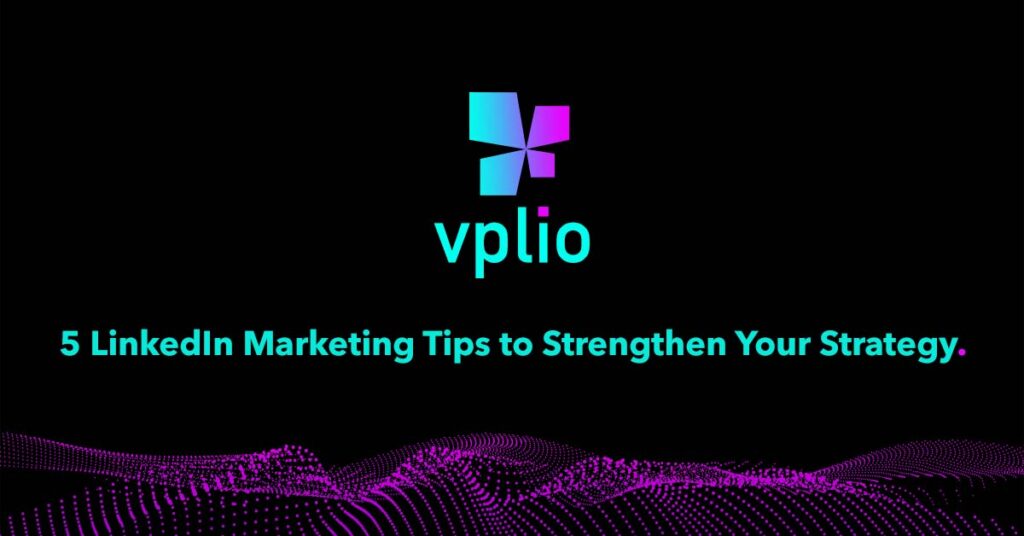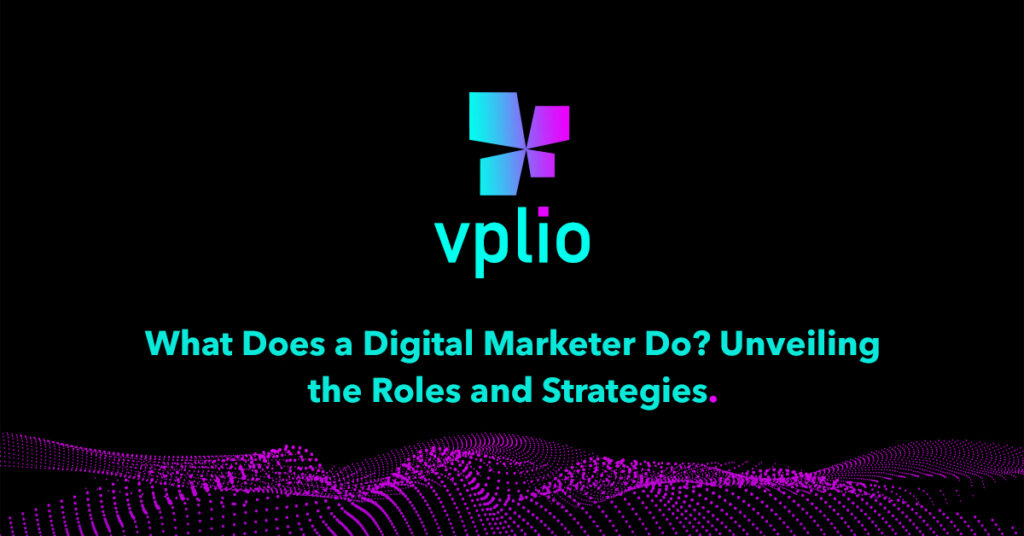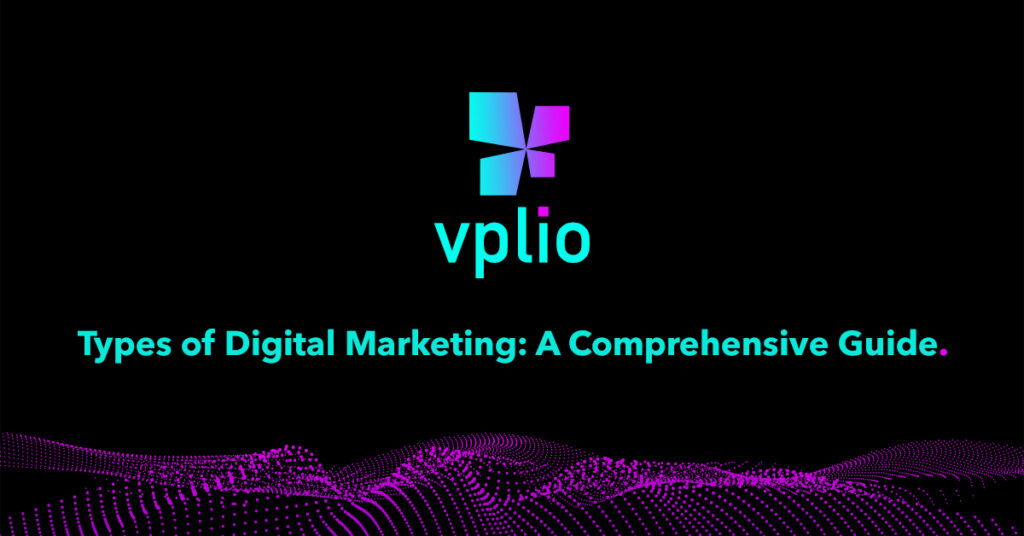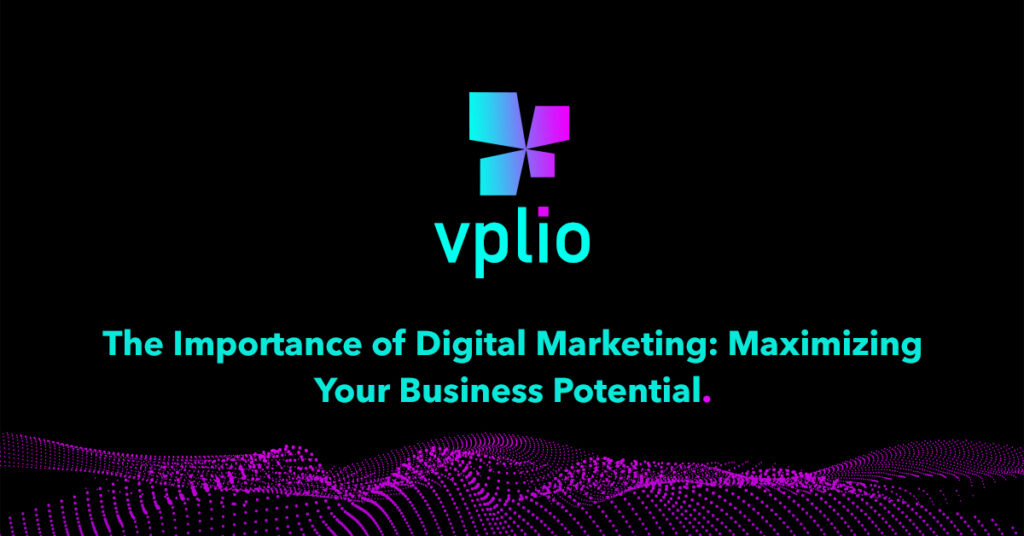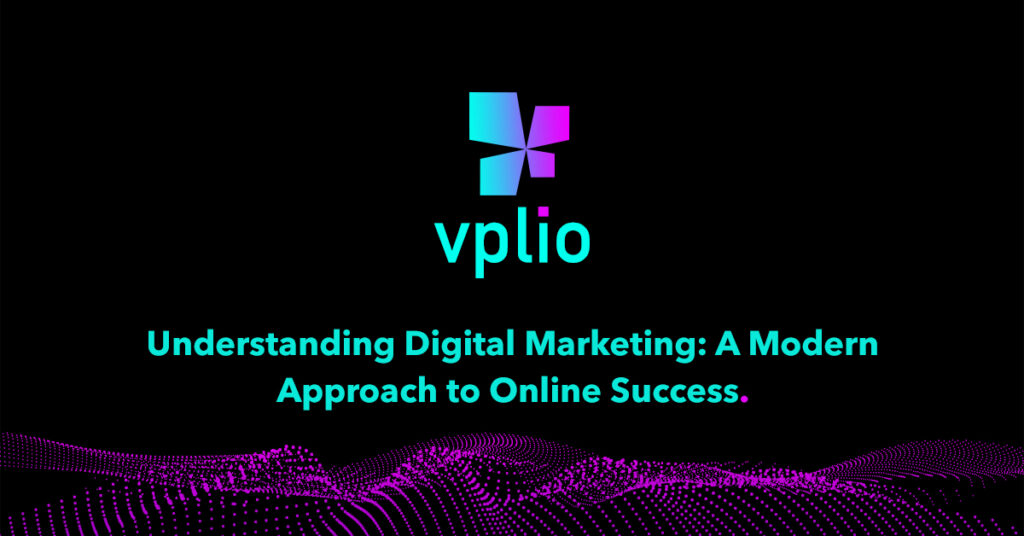5 LinkedIn Marketing Tips to Strengthen Your Strategy
LinkedIn stands apart from other social platforms, offering unique opportunities and challenges for marketers. To truly leverage its potential, you need to understand and optimize your approach. Now that you’ve grasped the foundational steps for building a LinkedIn marketing strategy, let’s dive into actionable tips to elevate your efforts and strengthen your LinkedIn presence. 1. Know Your Target Audience To stand out on LinkedIn, you must create content that resonates with your audience. This starts with understanding their needs, pain points, and preferences. Analyze Profiles: Review the profiles of your current customers to identify common characteristics such as job roles, industries, and solutions they seek. Join LinkedIn Groups: Participate in relevant groups to observe the conversations and gain insights into your audience’s interests and challenges. Poll Your Audience: Directly engage with your audience by polling them on their content preferences and the difficulties they face. This deep understanding will guide you in crafting content that truly connects with your audience and meets their needs. 2. Use a Social Media Marketing Tool Efficiently managing your LinkedIn presence requires the right tools. Invest in a robust social media marketing platform that offers: Scheduling and Publishing: Bulk schedule posts and streamline your content distribution. Advanced Analytics: Gain deeper insights into your performance beyond LinkedIn’s native tools. Message Management: Organize and manage your LinkedIn interactions from a single dashboard. Tools like Sprout Social offer comprehensive solutions, including social listening and influencer marketing features, to enhance your LinkedIn strategy. 3. Learn the Best Times to Post on LinkedIn Posting frequency and timing are crucial for engagement. LinkedIn users are most active during specific times: Optimal Times: For brand accounts, post on Tuesdays and Wednesdays between 10 a.m. and noon for maximum engagement. Personal Accounts: Feel free to experiment with multiple posts per day, as personal profiles often benefit from higher posting frequency. Understanding these patterns will help you reach your audience when they’re most likely to engage with your content. 4. Measure Your Progress with LinkedIn Analytics Regularly assessing your content performance is vital to refining your strategy. Use LinkedIn’s analytics to track: Engagement Metrics: Identify which posts garner the most interaction. Performance Patterns: Discover how timing and frequency impact engagement. Content Impact: Evaluate how your content drives traffic and generates leads. Supplement LinkedIn’s native analytics with advanced tools like Sprout Social to get a comprehensive view of your performance. 5. Use LinkedIn Hashtags Hashtags can significantly enhance the visibility of your posts and profile. Here’s how to make the most of them: Relevant Hashtags: Use hashtags that are pertinent to your content to reach interested users. Analyze Performance: Track the effectiveness of hashtags using analytics and build a list of top performers. Trending Hashtags: Stay updated with trending hashtags to generate timely and engaging content ideas. Incorporating well-researched hashtags into your posts will improve your content’s discoverability and engagement. Conclusion Success on LinkedIn requires more than just posting content randomly; it involves a strategic approach and consistent effort. By understanding your audience, using the right tools, posting at optimal times, analyzing performance, and leveraging hashtags, you can significantly enhance your LinkedIn marketing strategy. If you need expert guidance to refine your LinkedIn strategy or optimize your overall digital marketing efforts, Vplio is here to help. As a leader in AI-driven digital marketing, Vplio provides tailored solutions to elevate your LinkedIn presence and achieve measurable results. Contact us today to leverage our expertise and drive your business forward with a data-led strategy.
5 LinkedIn Marketing Tips to Strengthen Your Strategy Read More »

